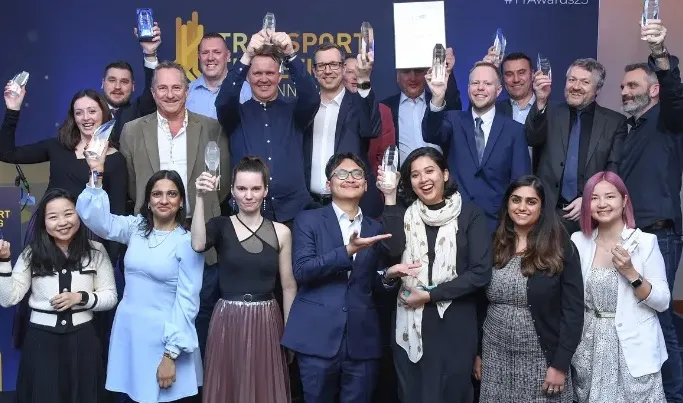The Vaisala road weather system deployed by Idaho Transportation Department has won a "Best New Innovative Product, Service or Application for 2013" award at the 2013 National Rural ITS Conference in St Cloud, Minnesota. The award highlights new technology that furthers the development and/or deployment of rural intelligent transportation systems (ITS) applications, as well as specific and measurable outcomes that result from the product or service.
The Idaho Transportation Department, using Vaisala's
September 9, 2013
Read time: 2 mins
The 144 Vaisala road weather system deployed by 7477 Idaho Transportation Department has won a "Best New Innovative Product, Service or Application for 2013" award at the 2013 National Rural ITS Conference in St Cloud, Minnesota. The award highlights new technology that furthers the development and/or deployment of rural intelligent transportation systems (ITS) applications, as well as specific and measurable outcomes that result from the product or service.
The Idaho Transportation Department, using Vaisala's pavement sensors that calculate grip or friction values, discovered that this value can also be used to measure the success of the department's winter road maintenance operations. Idaho personnel developed several indexes that calculated operational performance and were able to normalise any variance caused by storms and seasons. Vaisala supported this development by integrating the indexes into their RoadDSS Navigator software which allows decision-makers to quickly review the indexes alongside their other decision-making tools.
Vaisala's road weather system provides real value to winter maintenance operations in Idaho, according to Dennis Jensen, mobility services winter maintenance coordinator. "We had a pretty significant year, this year (2012-13), and preliminary estimates, appears that we have had a ten to twenty per cent reduction in US$7 million dollar chemical usage budget," he says.
Says Paul Bridge, Vaisala Roads’ offering manager and meteorologist: "We are very proud to hear that our technology has been acknowledged as the most innovative in the industry".
The Idaho Transportation Department, using Vaisala's pavement sensors that calculate grip or friction values, discovered that this value can also be used to measure the success of the department's winter road maintenance operations. Idaho personnel developed several indexes that calculated operational performance and were able to normalise any variance caused by storms and seasons. Vaisala supported this development by integrating the indexes into their RoadDSS Navigator software which allows decision-makers to quickly review the indexes alongside their other decision-making tools.
Vaisala's road weather system provides real value to winter maintenance operations in Idaho, according to Dennis Jensen, mobility services winter maintenance coordinator. "We had a pretty significant year, this year (2012-13), and preliminary estimates, appears that we have had a ten to twenty per cent reduction in US$7 million dollar chemical usage budget," he says.
Says Paul Bridge, Vaisala Roads’ offering manager and meteorologist: "We are very proud to hear that our technology has been acknowledged as the most innovative in the industry".








